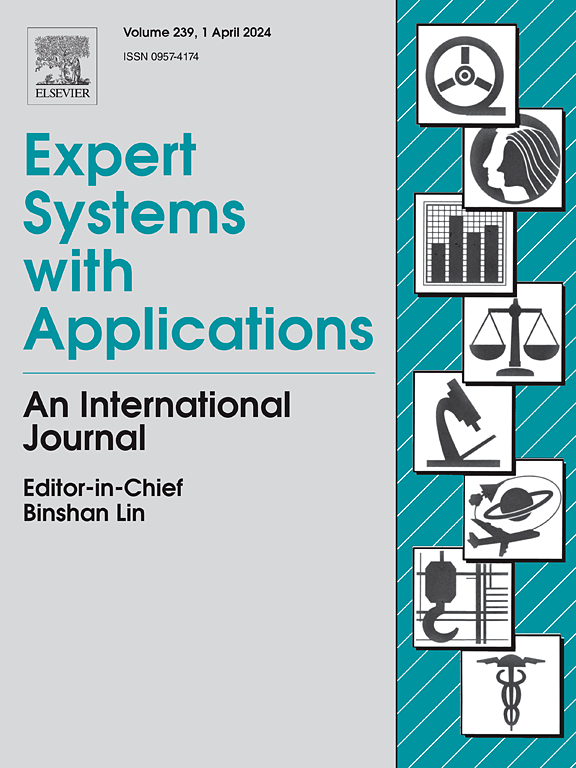CILOSR: A unified framework for enhanced class incremental learning based open-set human activity recognition using wearable sensors
IF 7.5
1区 计算机科学
Q1 COMPUTER SCIENCE, ARTIFICIAL INTELLIGENCE
引用次数: 0
Abstract
The field of Human Activity Recognition (HAR) has seen widespread adoption of wearable sensors for the collection of time-series signals. However, as new activities emerge, HAR systems struggle to differentiate novel categories from existing ones, as they are trained on a fixed set of known classes. To overcome this limitation, an innovative framework called CILOSR is designed for the continuous integration of novel, previously unseen activity classes into HAR models. The proposed CILOSR framework combines two pivotal processes, Class Incremental Learning (CIL) to enhance model knowledge with newly acquired data, while Open-Set Recognition (OSR) to detect and characterize new activity classes. The CIL phase employs extreme point updating based Extreme Value Machine algorithm, which preserves and updates the reference boundary points and extreme value vectors for established classes alongside new data integration. For the OSR phase, Principal Component Analysis (PCA) is incorporate to reduce feature redundancy within the time–frequency domain, thereby refining the feature space. Subsequently, Particle Swarm Optimization (PSO) is utilized for precise calibration of Extreme Value Machine (EVM) parameters to optimize the recognition process. Several experiments on the UCI, PAMAP2, and USC-HAD datasets confirm the effectiveness of the CILOSR framework. Specifically, OSR-LPC (Leave-Partial-Class) experiments on the UCI dataset demonstrate that CILOSR with PSO-EVM (Cosine) + PCA significantly outperforms the standard EVM (Cosine). The model achieves F1-macro score of 0.88 and accuracy of 0.89, compared to the baseline’s 0.59 and 0.66. These results highlight CILOSR’s enhanced accuracy in recognizing both known and unknown activities, demonstrating its potential for dynamic and scalable HAR applications.
求助全文
约1分钟内获得全文
求助全文
来源期刊

Expert Systems with Applications
工程技术-工程:电子与电气
CiteScore
13.80
自引率
10.60%
发文量
2045
审稿时长
8.7 months
期刊介绍:
Expert Systems With Applications is an international journal dedicated to the exchange of information on expert and intelligent systems used globally in industry, government, and universities. The journal emphasizes original papers covering the design, development, testing, implementation, and management of these systems, offering practical guidelines. It spans various sectors such as finance, engineering, marketing, law, project management, information management, medicine, and more. The journal also welcomes papers on multi-agent systems, knowledge management, neural networks, knowledge discovery, data mining, and other related areas, excluding applications to military/defense systems.
 求助内容:
求助内容: 应助结果提醒方式:
应助结果提醒方式:


